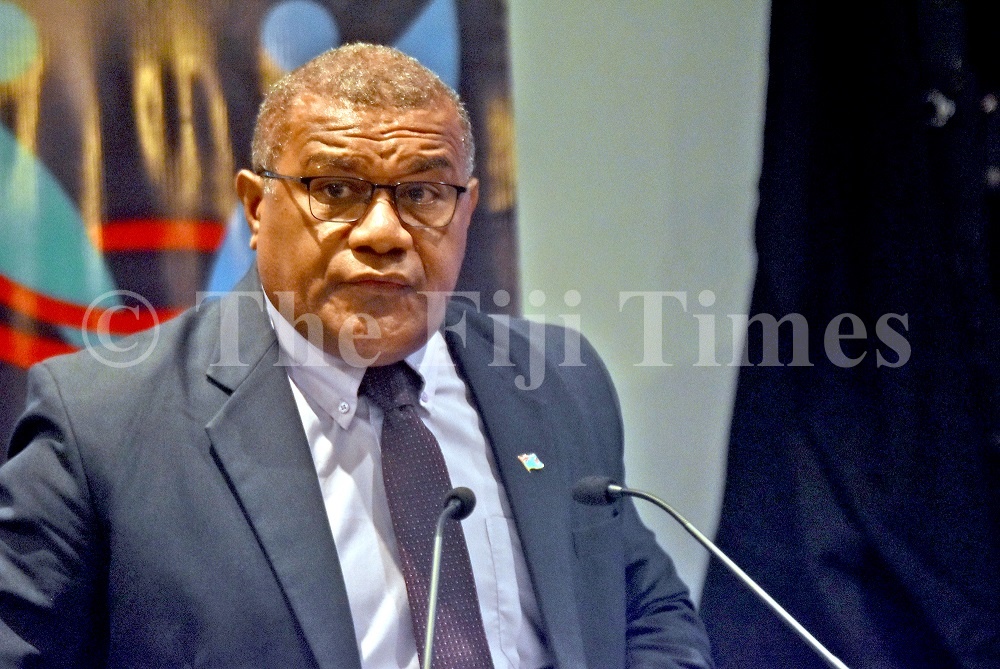Government will need to fork out $562.4 million annually to address poverty in Fiji, says former Fiji Bureau of Statistics (FBOS) head Kemueli Naiqama.
Mr Naiqama, now a policy adviser in the Office of the Prime Minister, was a panellist at a two-day multi-stakeholder dialogue on Fiji’s Economy in Suva this week. He said 258,000 people were living under the poverty line.
“If government happens to address poverty today from the Basic Needs Poverty Line (BNPL) of $41.91 per adult equivalent per week then they will have to fork out $10.8 million on a weekly basis,” he said.
“On a monthly basis, it amounts to $ 43.3m, and on an annual basis, Government will have to fork out $562.4m.”
And while having the projected figures was part of a plan to address the issue, the main challenge lay with policy change, which Mr Naiqama said had been at the forefront of plans of all governments since independence.
At this stage, he said, Fiji needed a National Population Policy which would delve deeper into the dynamics of households and individuals and identify areas that needed funding and resources, especially for marginalised communities.
“We have heard about the People’s Charter in 2008 and 2009, the 2020 blueprints, the affirmative actions for the iTaukei, green growth, and blue growth.
“All of these development plans need to address the common denominator which is population and people.
“So, in terms of national level policy, this is something that is still not available today as we speak. “One thing is critically missing, and that is the National Population Policy.”
Mr Naiqama said having a population policy would seek to ask and answer important questions about studying population trends and projections. In this regard, he said population profiling was a must.
“We have to understand the nature of human mobility. Why are more and more people leaving our country seeking employment abroad? We need to identify the marginalised and their vulnerabilities and strengthen our youth population.
“In the last Household, Income and Expenditure Survey (HIES), 30 per cent of the population under poverty were youth and that is an alarming number, considering the future of our country.
“So, we have to study the strength of our population, look at the demographic, opportunities and harnessing this through health and education initiatives.”
Mr Naiqama said it was vital to strengthen the use of population data for sound decisions and make clear demarcation of targeted development programs and approaches, especially for women, children, the disabled etcetera.
Academic Professor Wadan Narsey also echoed similar statements and said there was a need for more evidence-based policy which was implemented through the use of hard statistics.
“FBOS does two surveys, one is the HIES from which it can work out all the people who are in poverty right around the entire country, urban and rural, outer islands and that survey would enable you to see where exactly the rates of poverty are.
“For policymaking, you need far more information than just that crude data. You need to know well where the poor people are. With what numbers? Which part of Fiji and what is the nature of poverty?
“You can also have huge amounts of analysis done on food poverty because my studies in the past have shown how food quality has been deteriorating with people consuming more and more imported food, leaving aside their local nutritious food.”
Prof Narsey said such areas needed quantified statistics so that the Ministry of Finance was able to work out where to devote resources and funds.



